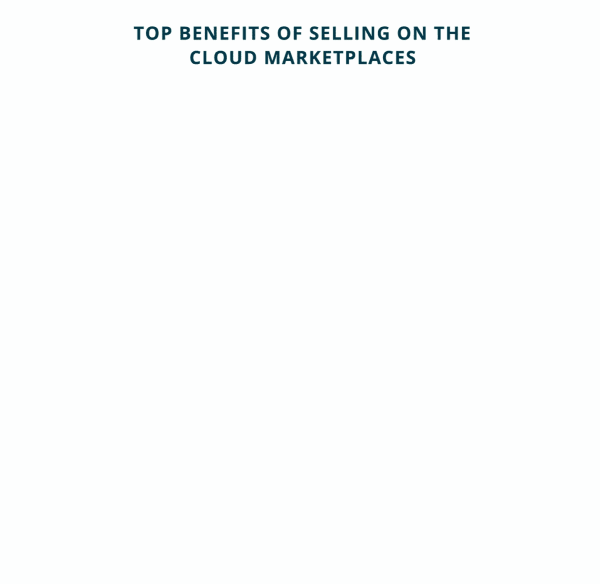How Cloud GTM Works
Coined by Tackle, Cloud GTM leverages cloud provider relationships and technology to grow revenue with a go-to-market motion led by data, the cloud marketplaces, and co-selling with cloud partners. This cross-functional initiative involves alliances, sales, finance, product, marketing, and operations.

Why Cloud GTM? Why Now?
Cloud marketplace adoption has grown significantly over the last few years as customers demand a frictionless software buying experience. That’s driven more ISVs to invest in the clouds as a key route to market.
Grow Your Revenue Potential
unlocks new revenue opportunities by:
-
Accessing pre-committed
spend -
Accelerating deal
velocity -
Unlocking co-sell
opportunities -
Getting reliable
payments
Extend your sales team and grow customer relationships when you co-sell alongside the field reps from the hyperscaler cloud providers.
Getting paid by customers who manage many vendors can be unreliable. Whenever you sell through the marketplaces, you get paid by the cloud provider.
What’s a Cloud Go-To-Market Platform?
A Cloud GTM platform is the centralized system for executing your Cloud go-to-market strategy by connecting key teams, workflows, and insights. A Cloud GTM platform provides ISVs with cloud buyer intent data, the ability to list and transact through the cloud marketplaces, and connects the cloud marketplaces and co-sell portals to the ISVs system of record to enable scale.
What are the 5 main parts of Cloud GTM?
- Score your pipeline for the best-fit opportunities for marketplace and to co-sell with the clouds.
- Use co-sell to grow relationships with the cloud providers by helping sellers sell side-by-side with cloud partners.
- Adapt direct sales processes for marketplace deals to meet buyers where their wallets are and accelerate revenue.
- Simplify cloud seller workflows by integrating Salesforce to unlock Cloud GTM at-scale.
- As you grow, invest resources into Cloud GTM and scale operations with multi-cloud reporting and automation.



